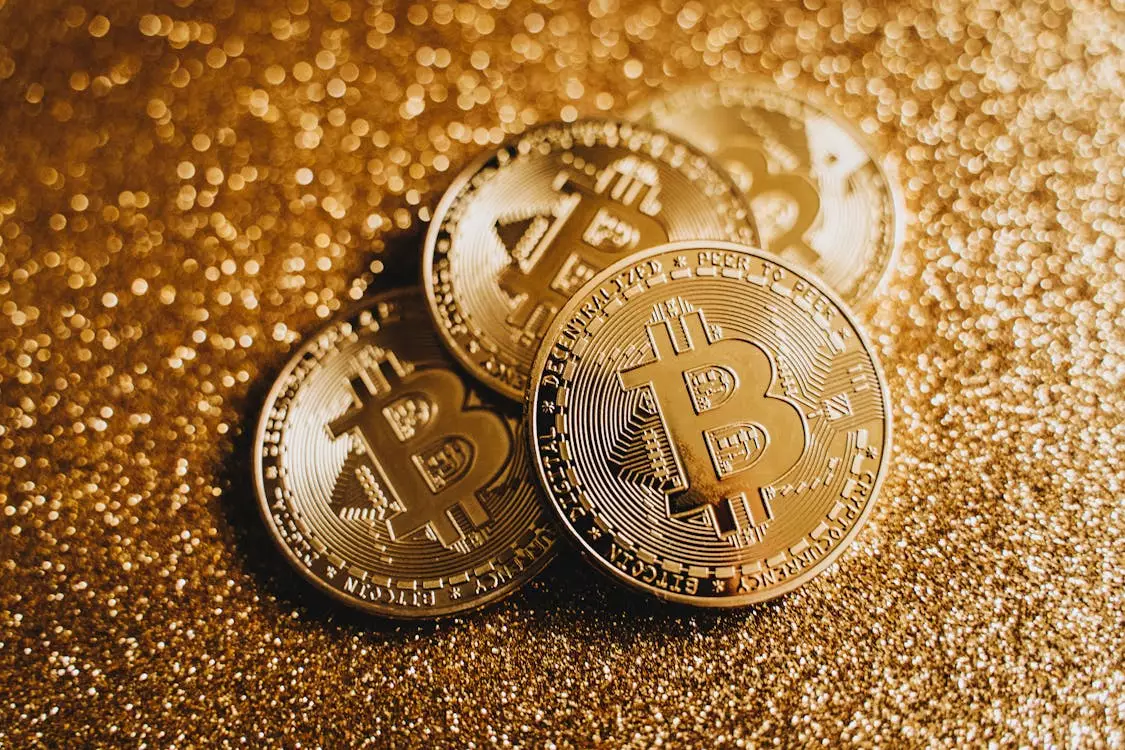Recent statements from Matthew Sigel, the Head of Digital Assets Research at VanEck, have stirred the pot regarding the future role of Bitcoin as a potential global monetary standard. Sigel’s assertion is that Bitcoin could evolve to hold a position similar to that historically occupied by gold, leading to intense discussions around the idea of a U.S. Strategic Bitcoin Reserve. His thoughts resonate with a growing faction that envisions Bitcoin as not just a speculative asset but a foundational component of the future financial system. This discussion is especially poignant as the world navigates the complex waters of digital finance.
Sigel’s perspective hinges on the establishment of a crypto reserve by the U.S. government, proposing that an accumulation of approximately 1 million Bitcoin could signal the official recognition of Bitcoin as a legitimate currency. This move, he argues, would position Bitcoin to act as the keystone of a new financial epoch, akin to how nations stockpiled gold to stabilize their economies in historical contexts. His discourse suggests that the time may be ripe for a “Digital Standard” that could mirror the gold standard and shift the current landscape of global finance.
While the comparison between gold and Bitcoin is not novel, it has received heightened attention in light of recent governmental maneuvers toward adopting digital currencies. Gold has long been revered as a safe haven asset—a steadfast store of value. In contrast, Bitcoin introduces a series of unique logistical advantages. Being a digital commodity, Bitcoin facilitates faster transactions and greater portability in comparison to gold. This digital nature reduces susceptibility to physical threats such as theft and enhances efficiency in cross-border transactions.
The scarcity of Bitcoin also sets it apart. With a capped supply of 21 million coins, its built-in scarcity could appeal to those concerned about inflation and economic instability; it presents a different proposition than the laborious mining required to extract gold. Some investors grappling with today’s uncertain financial climate view Bitcoin as a viable alternative to traditional inflation-hedging assets such as gold.
An interesting trend is unfolding globally, particularly as countries like El Salvador have formally recognized Bitcoin as legal tender. This shift represents more than just a passing interest; it underscores a transformative movement where leaders across multiple nations are exploring similar policies. Enthusiasts argue that this could lead to a broader acceptance of Bitcoin not just as a trading asset but as an everyday currency, influencing the future of economic systems worldwide.
However, the road to widespread acceptance is not devoid of challenges. Critics point out the inherent volatility that Bitcoin exhibits, especially when juxtaposed with the relative stability of gold. Economists caution that for Bitcoin to be a recognized medium of exchange, it must first overcome severe price fluctuations that continue to mar its reputation. Despite appealing aspects such as decentralization and reduced government oversight, these uncertainties pose significant barriers to broader adoption.
Sigel’s remarks reflect a burgeoning interest in the potential for Bitcoin to reshape the dynamics of financial systems on a global scale. As debates continue regarding its future viability as a universal standard alongside gold, the reactions it garners from both advocates and skeptics will inevitably shape its path forward. The evolution of these assets is of paramount importance, particularly as the world veers toward an increasingly digital economy.
The implications of Bitcoin’s ascent or decline could redefine monetary policies and investment strategies across the globe. Therefore, the question arises—can Bitcoin truly coexist with gold as a digital alternative? Perhaps the answer lies in the evolving interplay between these two assets. As innovation persists in the financial sector, the dialogue surrounding Bitcoin’s potential could finish shaping not just the future of money but also broader economic paradigms in a rapidly changing world.

